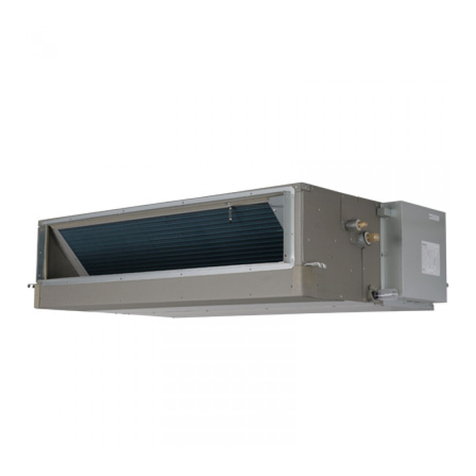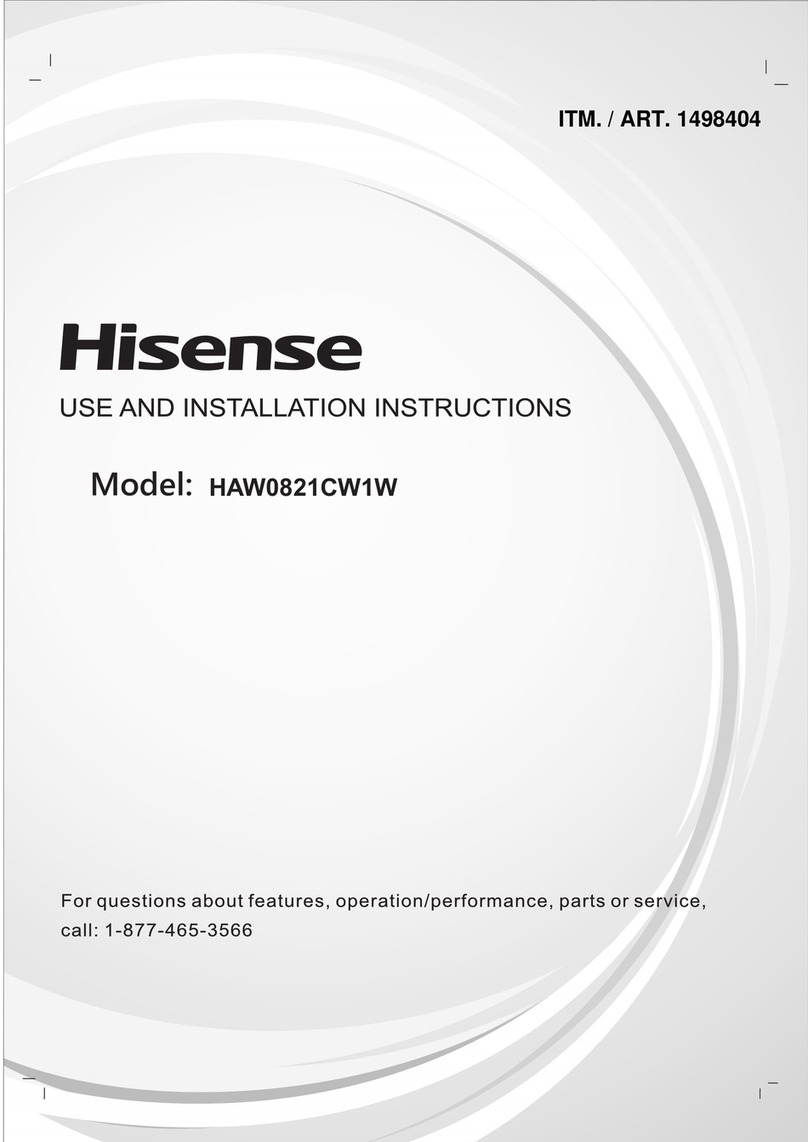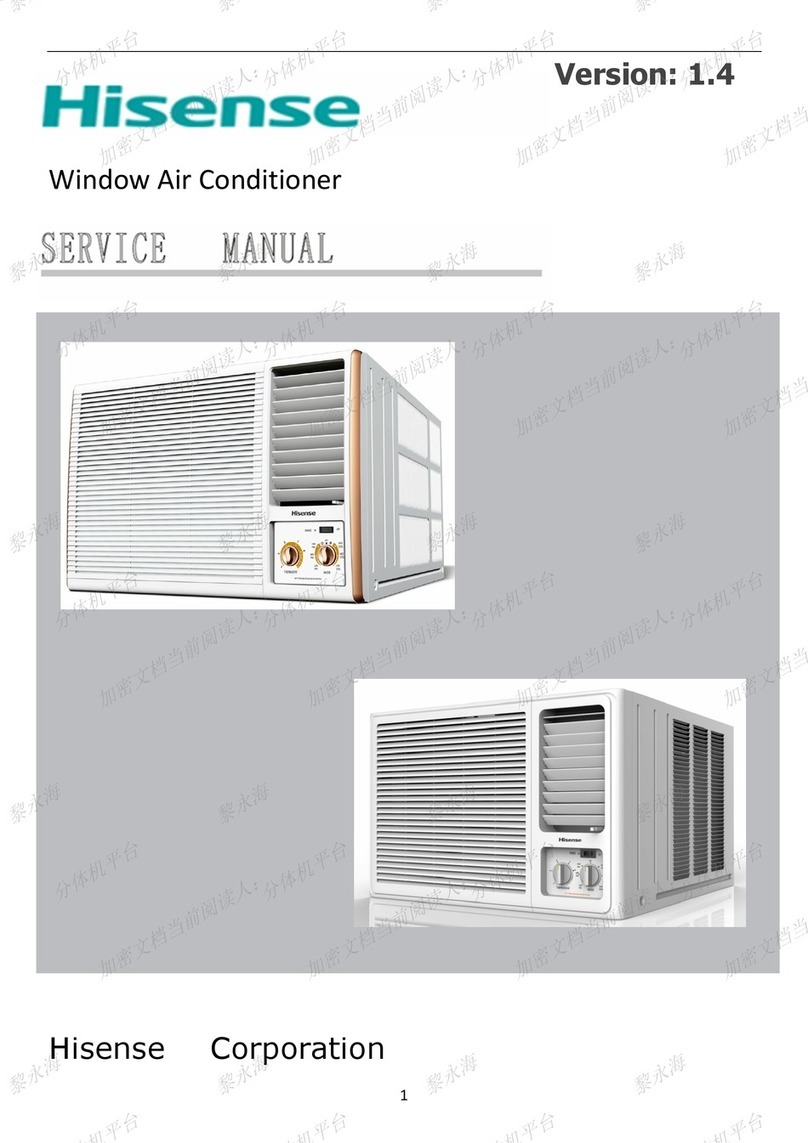Hisense AS-09TR2SYDDX01 User manual
Other Hisense Air Conditioner manuals
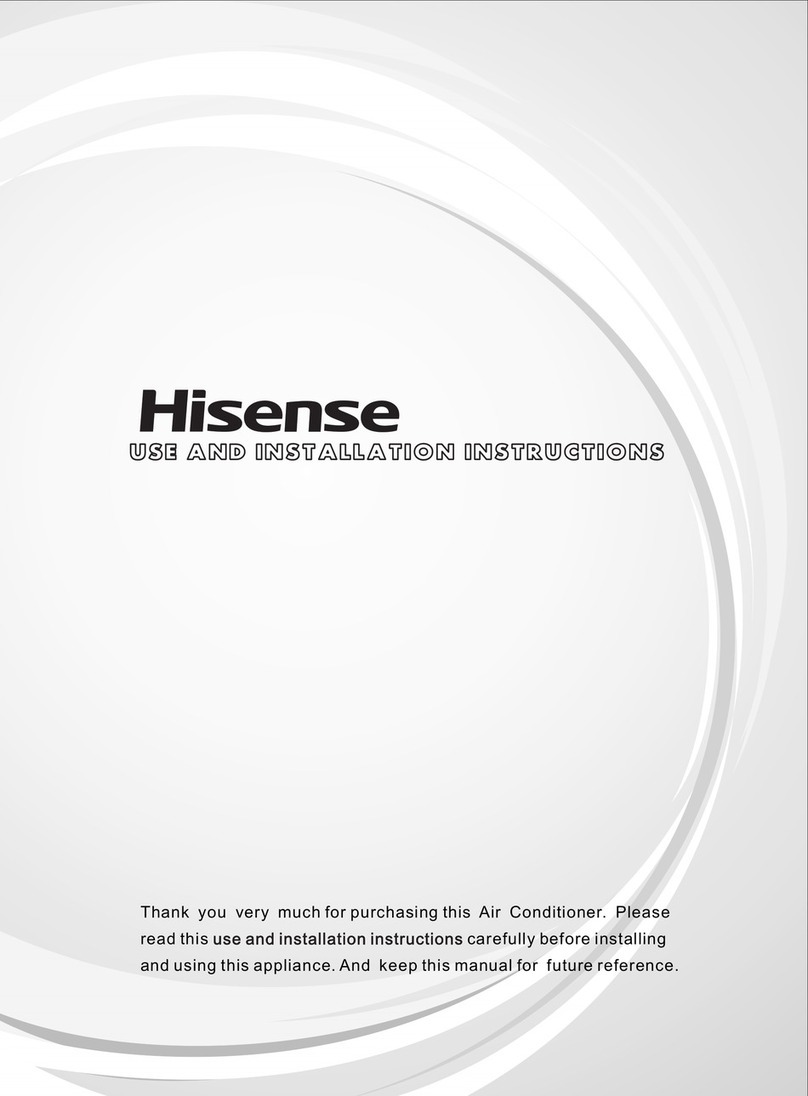
Hisense
Hisense 12K Guide
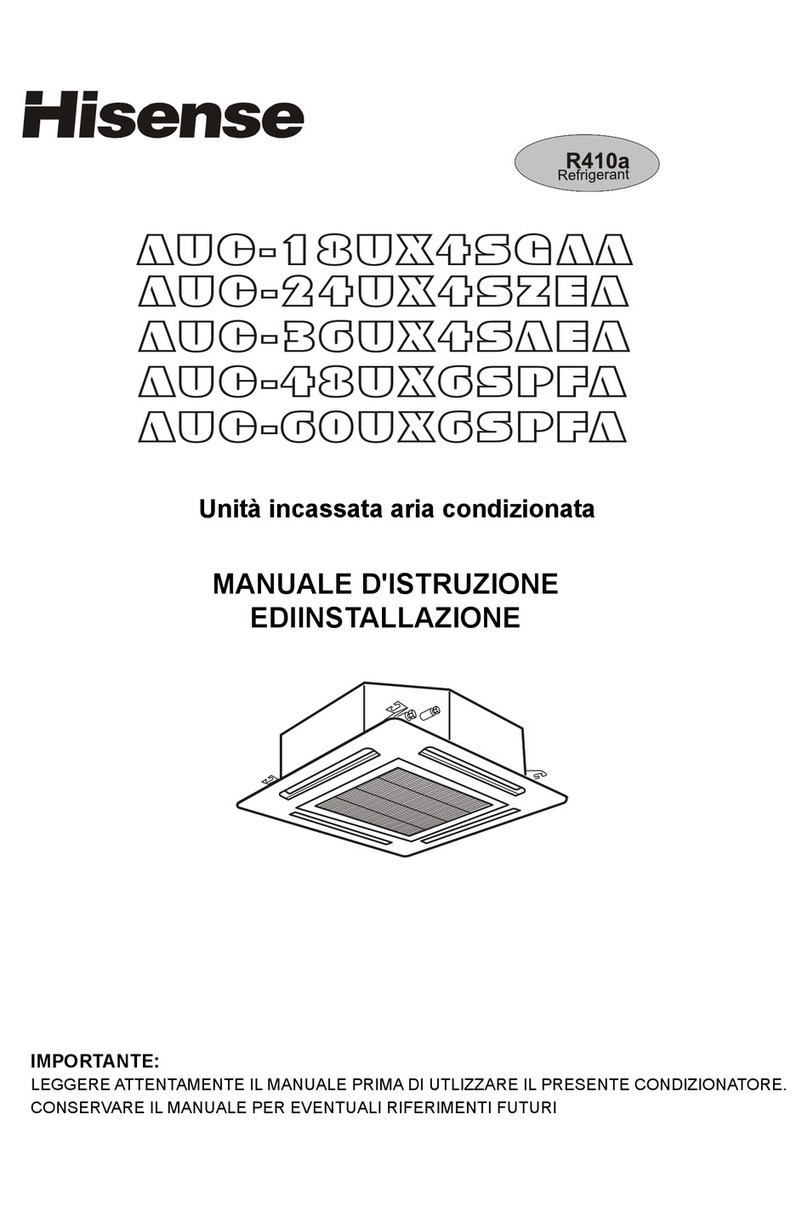
Hisense
Hisense AUC-18UX4SGAA Manual
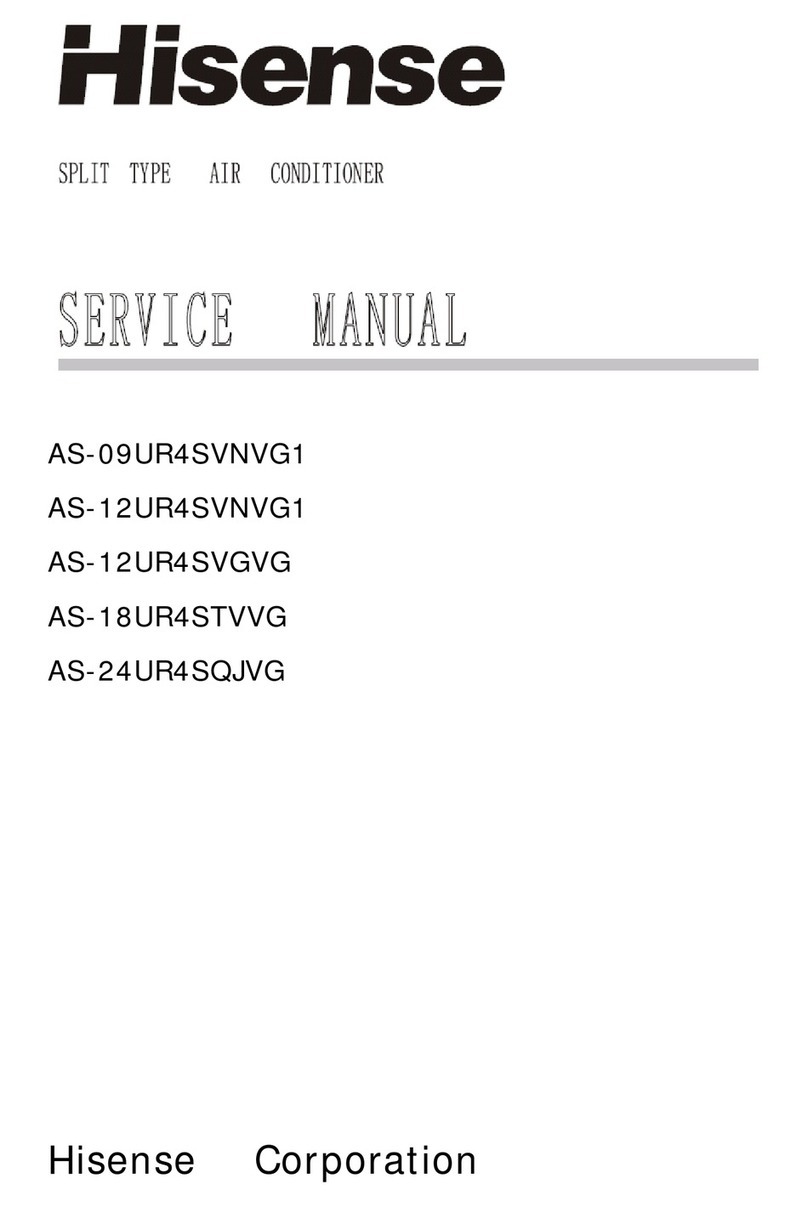
Hisense
Hisense AS-09UR4SVNVG1 User manual
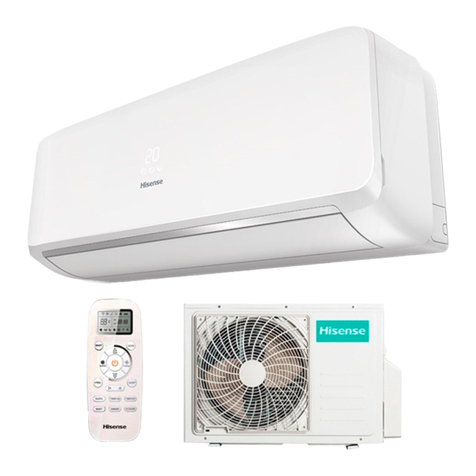
Hisense
Hisense 7K Technical manual
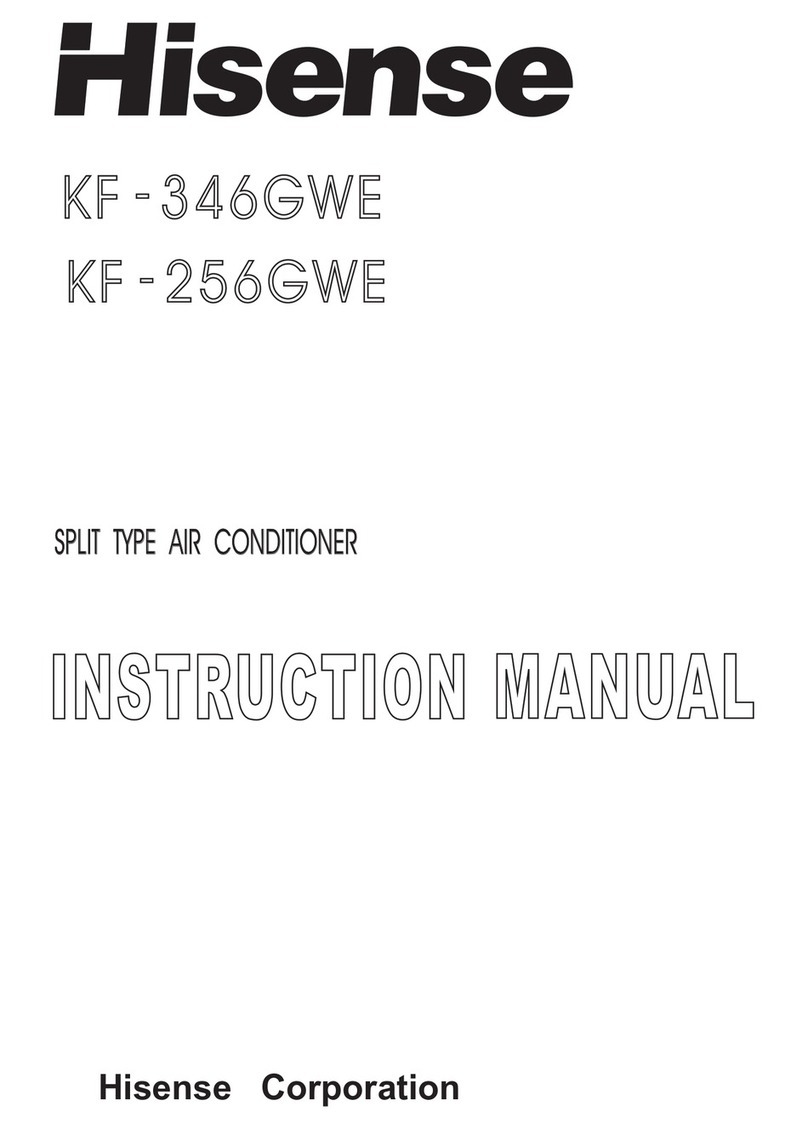
Hisense
Hisense KF 346GWE User manual
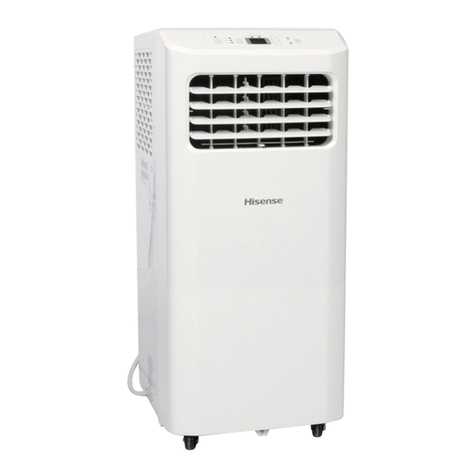
Hisense
Hisense AP0819CR1W Technical manual

Hisense
Hisense AMW2-12U4RRA Operating manual
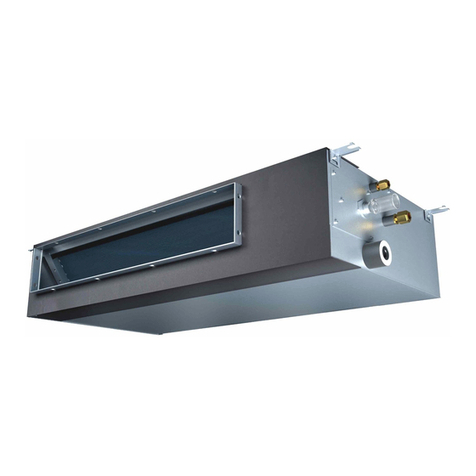
Hisense
Hisense AUD-24UX4SZLH Operating manual
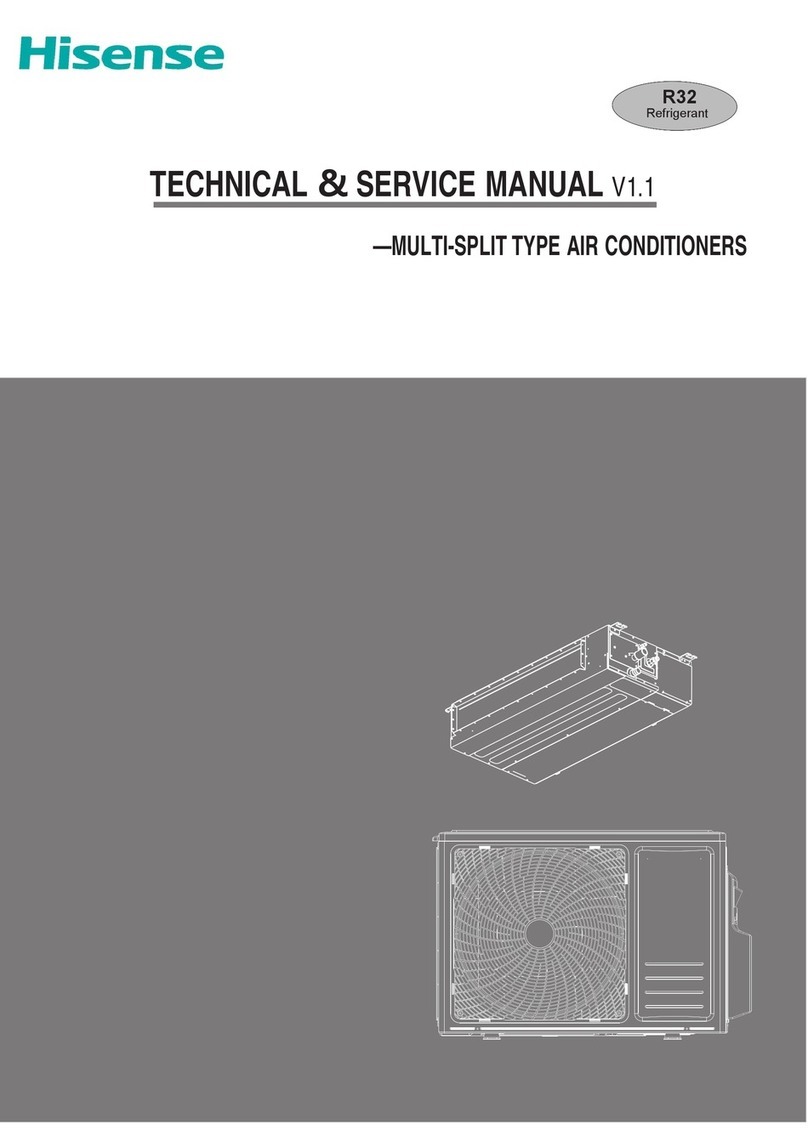
Hisense
Hisense AMW2-18U4RJC Operating manual
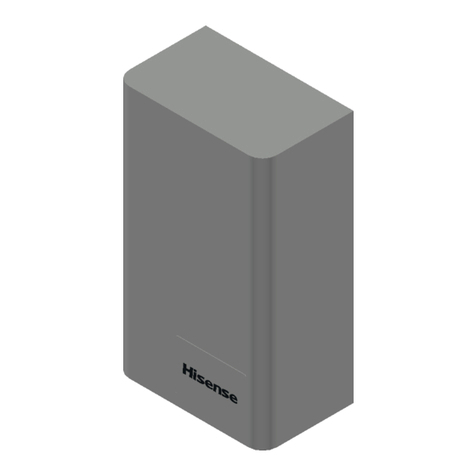
Hisense
Hisense AHM-080FJFAA Instruction Manual
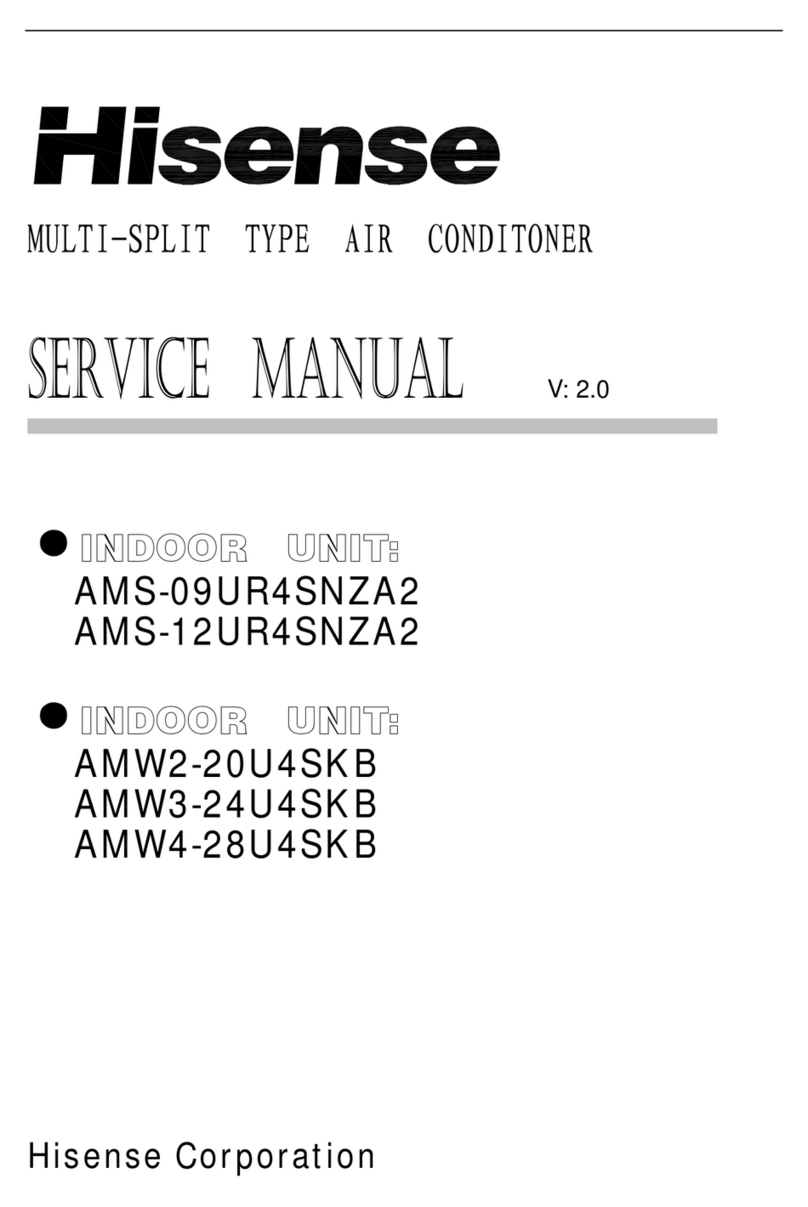
Hisense
Hisense AMS-09UR4SNZA2 User manual
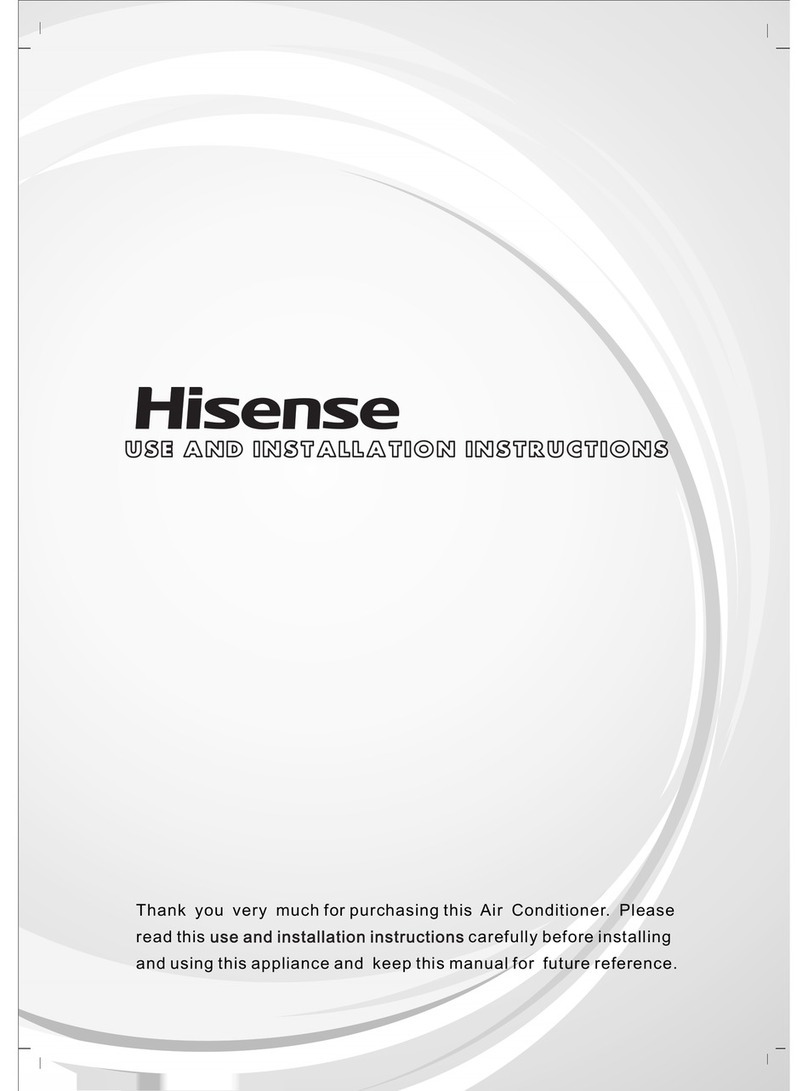
Hisense
Hisense AMD-09UX4SJD User manual

Hisense
Hisense AW-08TW1RAFUE20 Technical manual
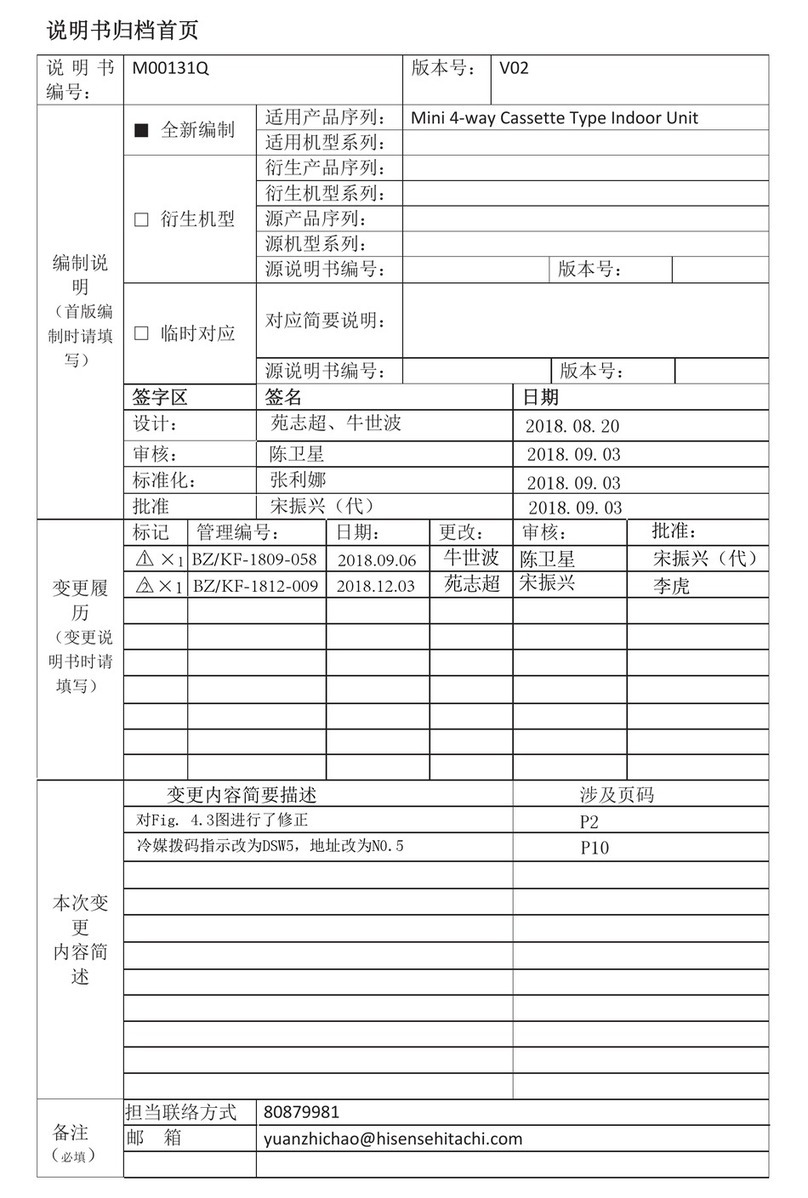
Hisense
Hisense AVC-05HJFA Instruction Manual
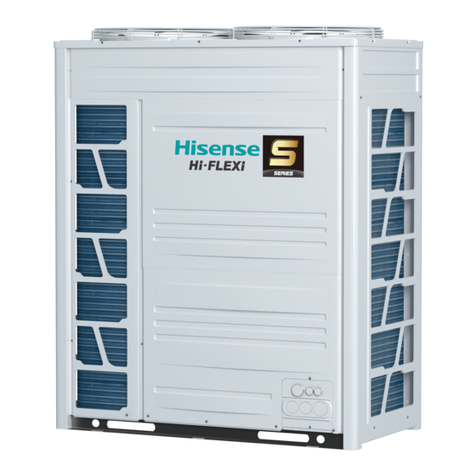
Hisense
Hisense AVWT-408FHFSHA User manual
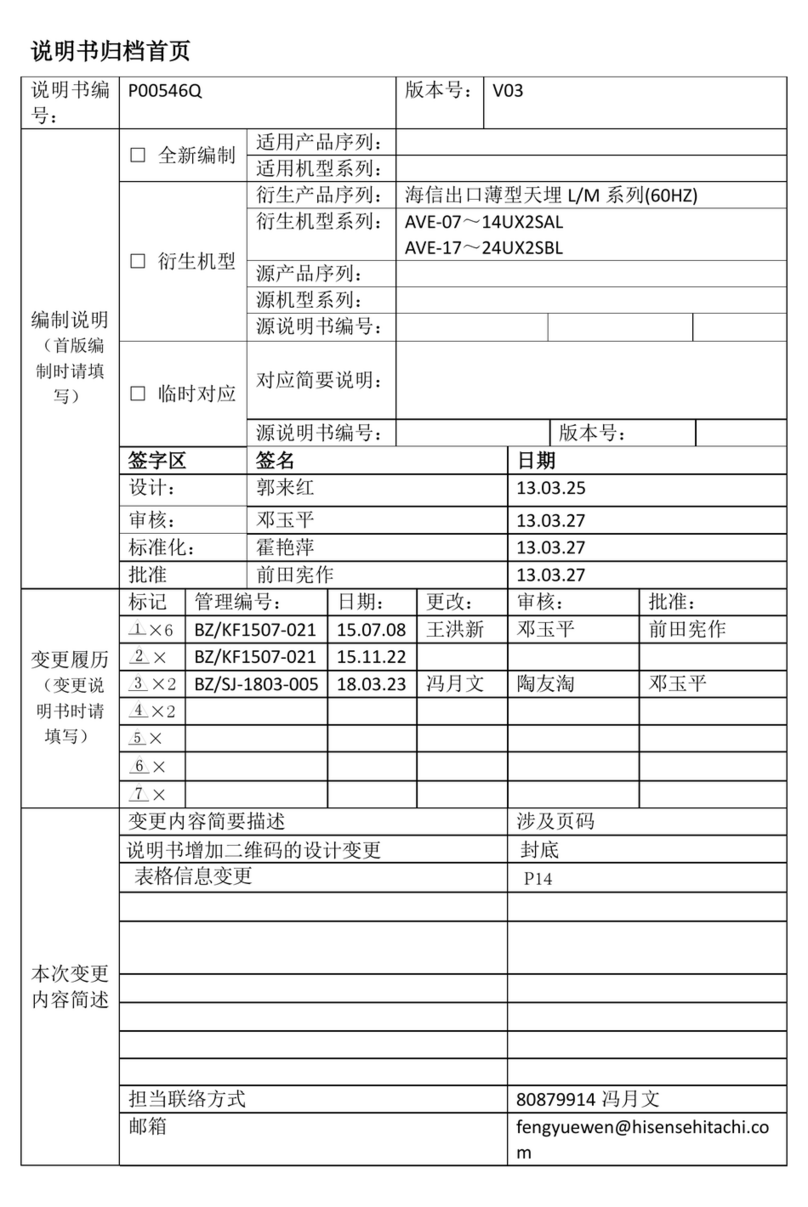
Hisense
Hisense AVE-07UX2SAL Instruction Manual
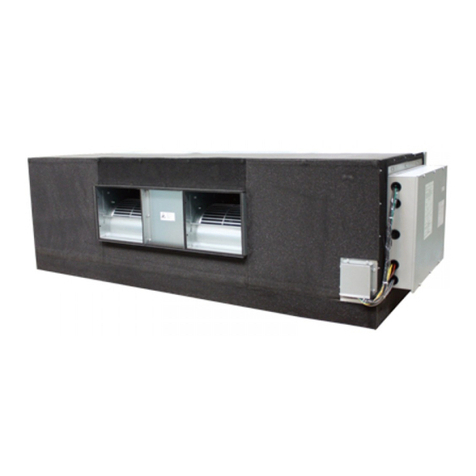
Hisense
Hisense AVA-154UX6SSH-400 Instruction Manual
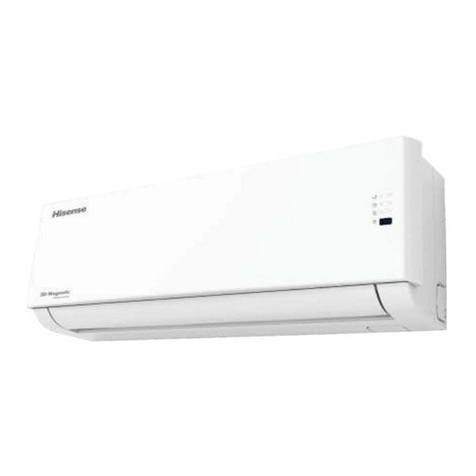
Hisense
Hisense AMS-07UR4SNZA3 User manual
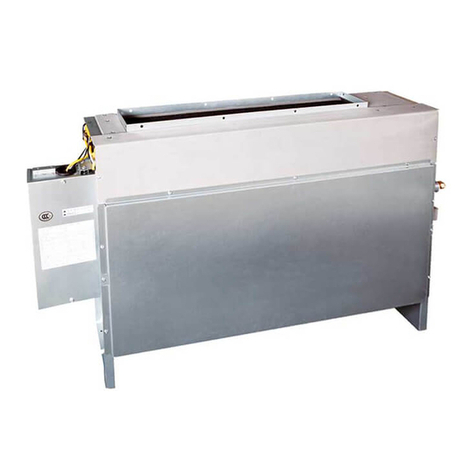
Hisense
Hisense AVH-09UXCSAA Instruction Manual
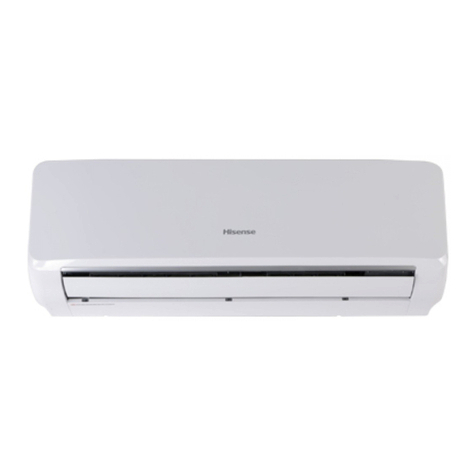
Hisense
Hisense AVS-07URCSABA Instruction Manual
Popular Air Conditioner manuals by other brands

Fujitsu
Fujitsu ASYG 09 LLCA installation manual

York
York HVHC 07-12DS Installation & owner's manual

Carrier
Carrier Fan Coil 42B Installation, operation and maintenance manual

intensity
intensity IDUFCI60KC-3 installation manual

Frigidaire
Frigidaire FAC064K7A2 Factory parts catalog

Sanyo
Sanyo KS2432 instruction manual

Mitsubishi Electric
Mitsubishi Electric PUHZ-RP50VHA4 Service manual

Panasonic
Panasonic CS-S18HKQ Service manual

Panasonic
Panasonic CS-E15NKE3 operating instructions

Gree
Gree GWH18TC-K3DNA1B/I Service manual

Friedrich
Friedrich ZoneAire Compact P08SA owner's manual

Daikin
Daikin R32 Split Series installation manual

